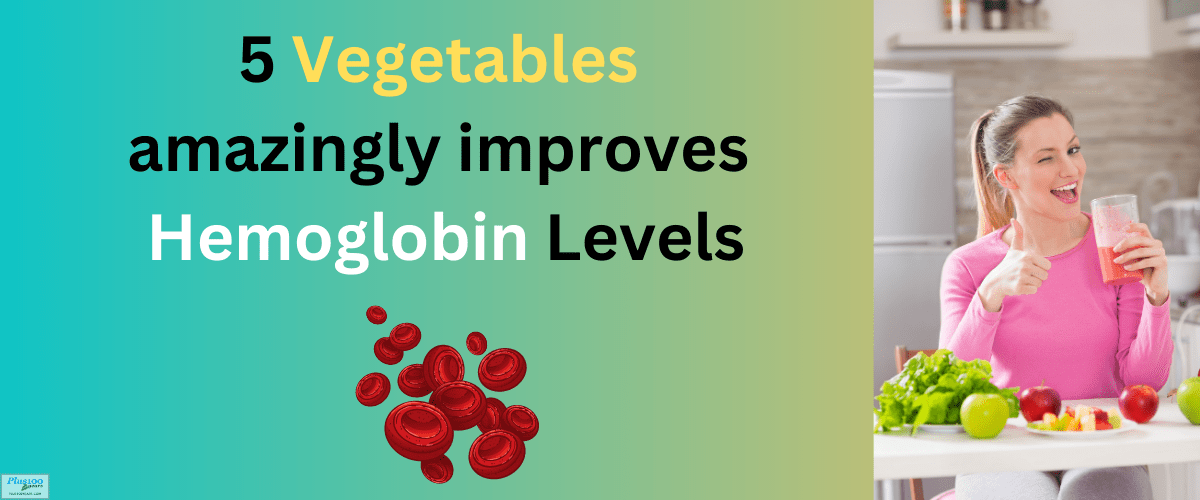
Updated: 13-03-2024
1. Pumpkin Seeds
Pumpkin seeds provide eight milligrams of iron and adequate amounts of copper, phosphorus, zinc, calcium, magnesium, and manganese.
They provide the most plant-based iron, so they can help vegetarians and vegans increase their haemoglobin levels.
You can use these little treats wherever you like—add them to smoothies or sprinkle them over salads.
2. Beetroot For Hemoglobin
Beetroot has natural iron, copper, magnesium, phosphorus, and vitamins B1, B2, B6, B12, and C.
The abundance of nutrients in this miraculous vegetable contributes to boosting haemoglobin levels and promoting red blood cell regeneration.
You can eat it cooked or raw, like in a salad. Alternatively, you could puree it and make a glass of beet juice.
You must follow these easy steps to prepare Beetroot Juice..
3. Potatoes
Potatoes are the best vitamin C source, making them haemoglobin-friendly and increasing haemoglobin levels.
Because potatoes are the most widely available and inexpensive source of iron and vitamin C, they may be crucial in reducing iron deficiency.
Also Read: What Should be the Ideal Hemoglobin levels in Teenagers?
4. Spinach For Blood
Spinach is The best vegetable choice for those looking to increase haemoglobin. It helps to raise your iron level and contributes to hemoglobin production.
This leafy goodness contains up to 4 milligrams of iron per 100 gm, which helps your body's tissues absorb oxygen. Growing spinach at home is the best option. It can be grown all year round in pots and is very simple.
5. Legumes
Legumes such as lentils, peas, peanuts, and beans can significantly boost haemoglobin levels. Their iron and folic acid content promotes the body's ability to produce red blood cells.

Add new comment